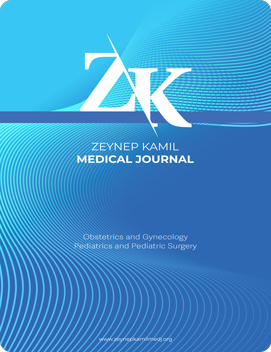Quick Search
Two-stage surgical repair of anovaginal fistula following Bartholin abscess treatment
Sami Acar1, Erman Çiftçi21Department of General Surgery, University of Health Sciences, Turkey. Zeynep Kamil Maternity and Childrens Training and Research Hospital, İstanbul, Turkey2Department of Obstetrics and Gynecology, University of Health Sciences, Turkey. Zeynep Kamil Maternity and Childrens Training and Research Hospital, İstanbul, Turkey
Anovaginal fistulas (AVFs) are aberrant pathways located between the anal canal and the vagina. They frequently occur in resource-limited countries as a result of pressure necrosis on the rectovaginal septum caused by prolonged or obstructed labor. In addition, it is observed as a result of improper repair of third- and fourth-degree anal sphincter injuries after birth, injuries that are not noticed during delivery, and infections that develop in the episiotomy area. Delayed treatment of perirectal, perianal, and Bartholin abscess or cyst, and surgical interventions on the posterior vaginal wall, rectum, and perineum, are all contributing factors. The aim of this study was to describe the surgical treatment method applied to a patient with an anovaginal fistula, who was admitted with a complaint of gas and stool passage through the vagina for 3 months with the drainage of a Bartholin abscess in its etiology, which affects the anal sphincter complex trans-sphincterically and which was detected to be open to the distal dentate line on proctological examination. The development of an AVF has a considerable negative impact on an individuals quality of life. It is a difficult condition both individually and socially. Achieving successful results requires effective evaluation and examination.
Keywords: Abscess, Bartholins glands, dissection, proctoscopy, rectovaginal fistula.Manuscript Language: English
















